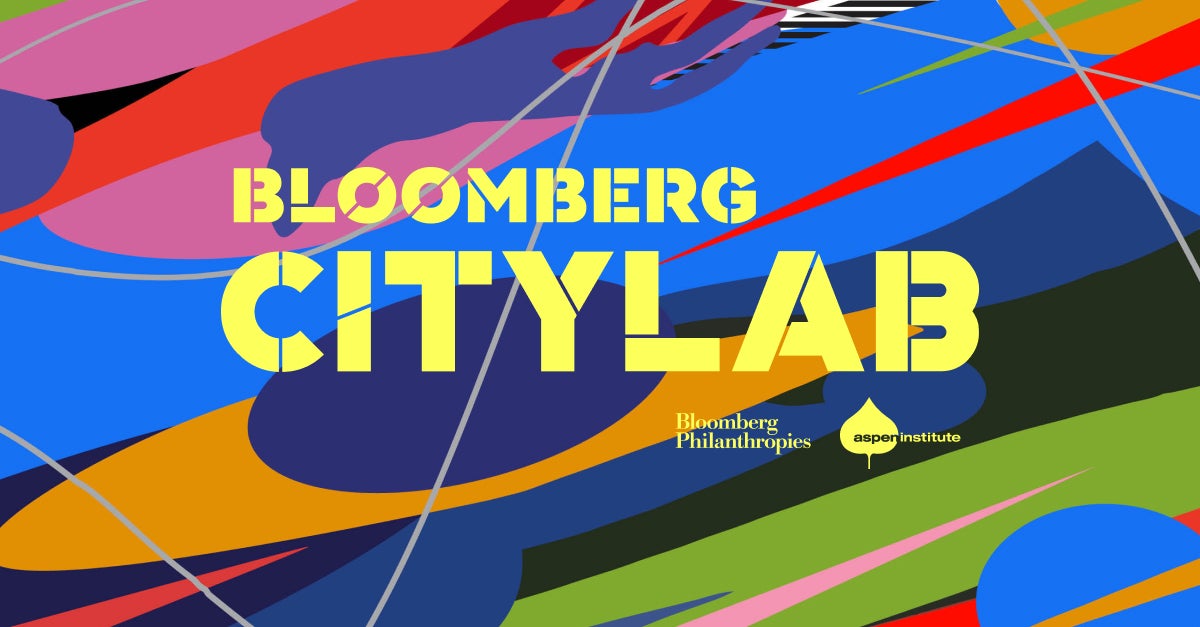How do you measure the impact of conversations?
Welcome to one of our new year’s resolutions! Inspired by our friends at Venture Café Miami and CoProcure, whose newsletters delight us and make us think, we’ve committed to a once-a-month newsletter.
What we’re working on:
Next month, we’ll be in Cleveland for a convening co-hosted with JumpStart and the Case Foundation, talking about how investors can direct more capital to startups founded by women and people of color. Dana Kanze’s TED Talk presents a really thoughtful way to frame the issue, at least for women, pointing out that investors ask women founders how they will prevent harm, while they ask men about how they will achieve great results (h/t Brad Feld).
Kudos to Transportation for America for their Shared Micromobility Playbook and to Nesta’s ambitious new AI governance map and database. The only way cities can safeguard the public good in the face of an avalanche of new technologies is to collaborate on regulatory, piloting, and permitting strategies. We think the Trustable Technology Mark for consumers’ connected devices is a good case study for how cities can regulate and deploy connected sensors in public space. At a recent workshop on this issue, participants pointed out that we have to determine whether the technology is trustworthy and also whether local governments are trustworthy. And speaking of micromobility, we love Joe Cortright’s smart, sharp take on scooters vs. cars at City Observatory.
What we’re thinking about: Measuring impact
One of our other resolutions for 2019: Get smarter about measuring our impact. Looking back on 2018, here’s what we can count. These are inputs and outputs, which are not the same as outcomes or impact:
- 86 participants engaged in 3 round-table, off-the-record convenings. We think this is our main vehicle for impact. We hear from participants that our convenings are valuable, and people tend to say yes to second and third invitations. That tells us people are willing to invest the scarce resource of their time with us. But still, how do we know we’re making the changes we aspire to? In 2019, we’ll have more — 6 are already on the books — small convenings, and we’ll experiment with ways to extend their impact, either by writing about them or tracking what participants do afterwards with who they’ve met and what they learned.
- 12 speakers on Aspen Institute stages at 4 events discussing the future of cities, with 600 audience members and 870 views on video. Six speakers were women, people of color or both. It’s important to us to highlight the diversity of city makers. In the coming year, we’ll combine public events with smaller roundtables and see if we can engage participants in new ways that lead to behavior change.
- 28 blog posts and 3 reports to share what we learned from our convenings and highlight innovators from across the country who are living their values through their work. In 2019, we’ll write and publish more (that’s another resolution). We’re aiming for at least one original blog post a month, plus other memos and publications. Our first post of 2019 will go live in early February at Reimagining the Civic Commons’ Medium page.
- 580 meetings and calls with collaborators to strengthen our and our partners’ work. Some of these calls were to produce the outputs we mention above. But we also value conversations that don’t immediately lead to a product or event. Our superpower is bridging gaps, filling holes, connecting the dots. We help people “Find the Others,” and we do that by staying engaged, asking questions, and constantly checking in with our peers and friends.
- 2 staff. We hope to grow by 50% this year!It is tempting for us to say that data can never really capture the power of conversations, of framing the right question, of connecting people who otherwise would not have crossed paths. But two recent conversations with mayors have inspired us to try. Both Mayor G.T. Bynum of Tulsa and Mayor Catherine Pugh of Baltimore recently shared their stories of how a deeper commitment to using data in their administrations had the wonderful effect of strengthening the sense of connection among government employees and between government employees and residents. Learn more in these short video clips.
As Mayor Pugh said, once Baltimore city employees started using data to track performance, “the relationships begin to become stronger because they attach themselves to the data and the data shows them the results of the work that they are doing.”
We hope to find the data that will help us strengthen relationships and get better results.
All best
Jennifer
Interesting in receiving the Center for Urban Innovation’s monthly newsletter? Subscribe here.
Past newsletters can be viewed here.

